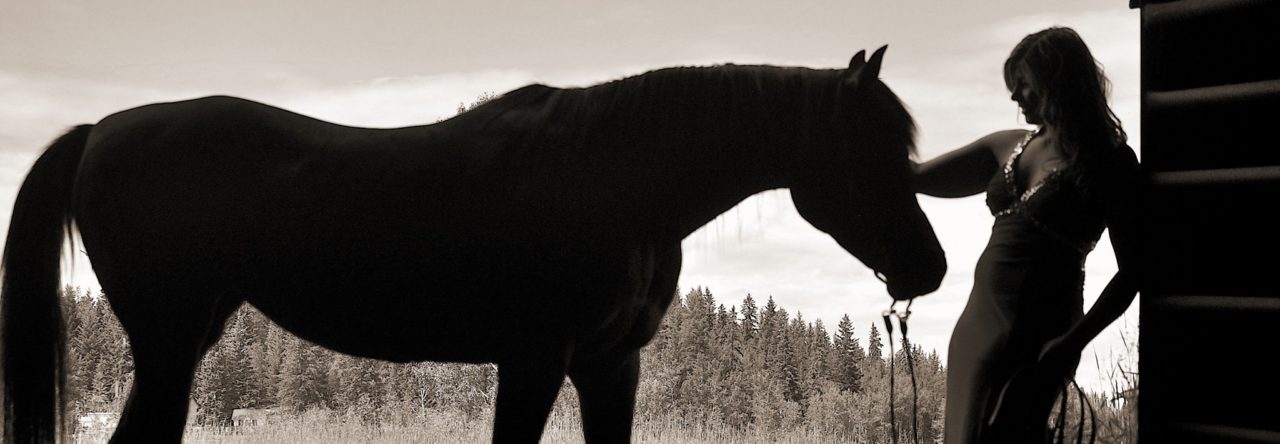Educators understand and apply knowledge of student growth and development.
I love that the Circle of Courage foundation has been established where the philosophy supporting it is specifically for at risk youth or children. Instead of giving up on “lost causes” the idea is to adapt the pedagogy is to “reclaim the at-risk environment these students come from and provide them with hope for the future.” (Circle of courage. Every Student Can Thrive) The idea of formatting four connected themes/ values for the classroom applies to every student and turn maintains/ creates a diverse/ inclusive learning culture while also benefiting those students who are at-risk.
Belonging:
“Every human has the ability and inward desire to move up the levels but sometimes there are barriers in the way or progress can be disrupted by a change in meeting the lower needs” (circle of courage. Every Student Can Thrive) this resonated with me because as a Western society, I find there is a strong stigmatism that if you are not yet “accomplishing” you are “failing.” My thoughts here are with so many diverse learners coming from different backgrounds, our previous education system has failed in the sense of equity, when focusing on equality. Now, when we turn to a sense of equity, we as educators are honouring the experiences and identity of each individual student and what they have to bring to the classroom. When creating this safe space for our learners, we are opening up a way for them to feel accepted and therefore, engage more with the academics.
Mastery:
“Students have been deprived of an opportunity for mastery and it has resulted in boredom, misbehaviour and rebelling.” (Circle of courage. Every Student Can Thrive) This cannot be truer and more relevant to the teaching experience I have already encountered. I also find for these gifted students, that they prefer isolated responsibilities from that of their classmates. For example: in music class, when we have created a show-choir (choir with choreography) my gifted students tend to act out and refuse to participate or join in. I always agree with them right away which not only throws them off, but I immediately offer them a solo instrumental such as drums/ guitar/ piano or whatever background they may or may not have. I offer to work with them during Recess or Lunch to learn their selected parts and I find the buy-in as a whole more engaging and dare I say, “fun.”
Independence:
“Independence allows youth to be involved in determining their own futures while still understanding the consequences of their behaviours.” (Circle of courage. Every Student Can Thrive) I think I struggle with this one the most as an educator, because while I am constantly promoting and advocating for my students to develop “independence” through opportunities to master core competencies, I am constantly met with such a diverse playing field of students on so many different spectrums of what “independent” means to them. I can have anywhere from a student who is living on their own but being financially supported by parents thinking they are “independent.” I can have students that have their parents do everything for them, so that their daily tasks are taken care of, and having their “checklist” complete means independence for them, regardless of who is actually accomplishing the work. On the spectrum of what “independence” actually means, we would have to conduct a lesson on the bare bones of it’s existence to establish a common ground, and from there, individuals could use a spiral of inquiry to access their road of success towards “independence.” “Youth have been robbed of the power of independence through a generation of adults who have not taught them a sense of autonomy. On the opposite side of the spectrum there are children who are forced into independence prematurely.” (Circle of courage. Every Student Can Thrive)
Generosity:
The idea of embedding essential questions into a lesson plan seemed like such a revelational concept to me, until I reviewed my own lesson plan. I suppose, the learning intentions could be posed as questions in the “how” form and students can explain their process. I also like how the questions can be inquiry led, and could focus individually or be done as a class a whole. I think by first creating a space for learners to feel comfortable developing and expressing their identity, allows them the opportunity to share their true selves with their peers, then it is here that generosity can take a form and be used to cultivate a positive and thriving learning space.

Cited Sources:
Brendtro, L.K., Brokenleg, M., & Van Bockern, S. (1990). Reclaiming Youth at Risk: Our Hope for the Future. Bloomington, IN: National Education Service.
Brendtro, L.K., Brokenleg, M., & Van Bockern, S. (2005). The Circle of Courage and Positive Psychology. Reclaiming Children and Youth; 14 (3) 130-6.
Circle of courage. (n.d.). Every Student Can Thrive. https://everystudentcanthrive.weebly.com/circle-of-courage.html
McIntyer, T. The Circle of Courage: A Model for Reaching and Teaching Youngsters at High Risk for Negative Life Outcomes. Retrieved from http://www.behavioradvisor.com/CircleOfCourage.html
